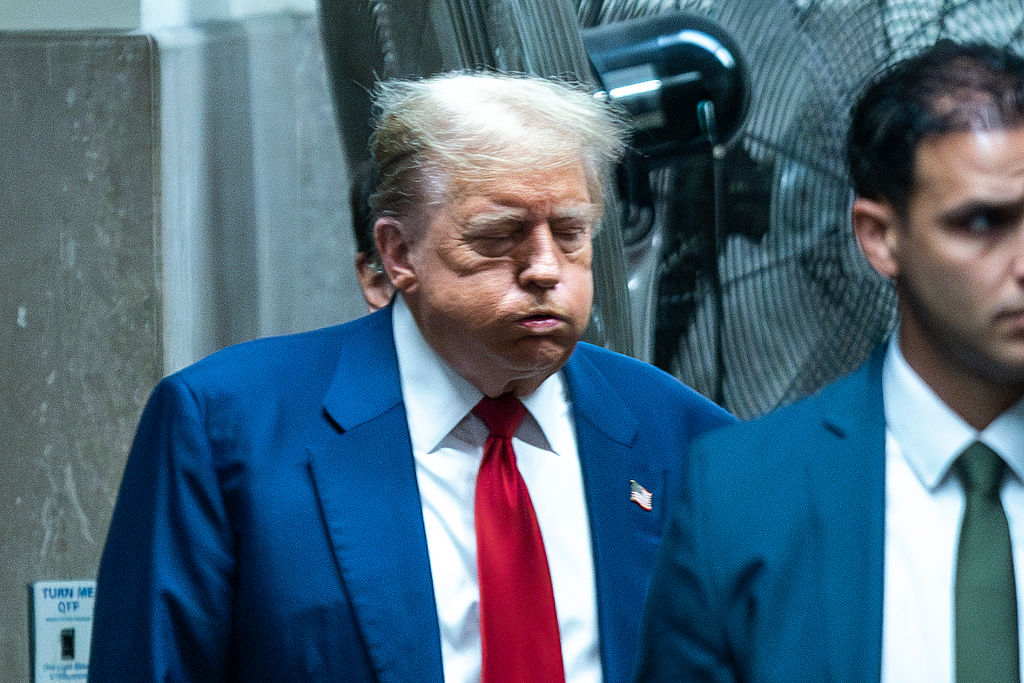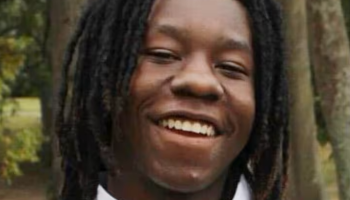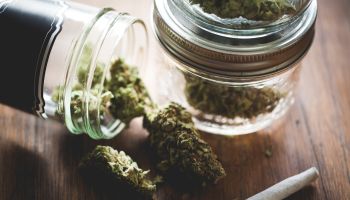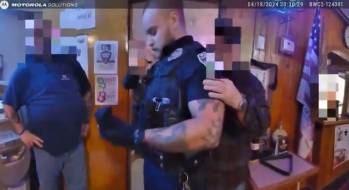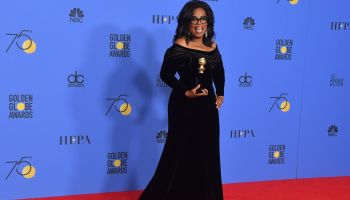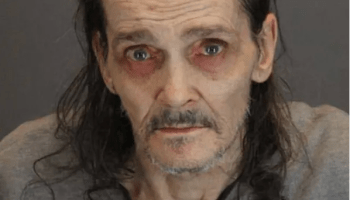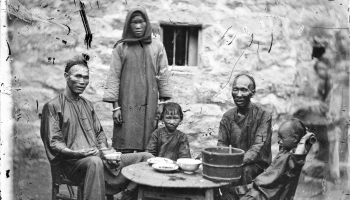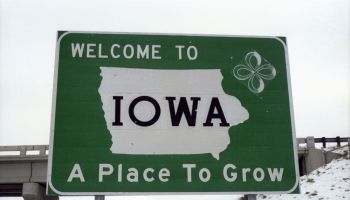I know who my colleagues think I am. I’m pretty sure they’ve accepted me as the lightest Black dude in the office. My job demands that I constantly engage co-workers around racial issues, so I have opportunities to represent my Black experience all the time, which I’m sure gains me some points.
But it’s different in the street. My “what-is-he?” scorecard for strangers who pass me by in New York City is as follows:
• 60 percent think I’m Latino
• 25 percent think I’m Black or interracial
• 15 percent think I’m White
Pretty good percentages for me, because I’m only comfortable when my see-me-as-a-person-of-color index is above half. That was my problem in Baltimore. Living there for a few years to teach sixth grade at Booker T. Washington Middle School made me vulnerable to mis-identification in a southern environment without a significant Latino population. My White quotient jumped to above 50.
One day I revealed my Black ethnic background to my students (thanks to the urging of a veteran who was looking for ways to help this first-year teacher not quit before Christmas), and it was the talk in the lunchroom all week: Did you know Mr. Fontaine was Black?? What???
Want to Keep Up With NewsOne.com? LIKE Us On Facebook!
Because of how I look, I’ve never been called the N-word, but I’ve been called out in other ways. Attempts to label me as a “White boy” hurt primarily because it came in an all-Black context (can’t you just accuse me of being Puerto Rican like my building superintendant did my whole life?), but it didn’t surprise me. I was the one who pinched my own skin as a 12-year-old to explain to my mother (an interracial woman herself) why I didn’t feel Black 100 percent. Mirrors don’t lie, I told her.
CNN’s latest installment of their top-rated “Black In America” series handles these complex issues of identity, asking young African Americans of various shades and backgrounds to discuss their experience. First, I’m surprised that it took them so long to address this topic (especially given series hostess Soledad O’Brien‘s interracial heritage), but I was most struck by how the young people’s experiences were so similar to mine and those of my (not all-Black) friends 20 years ago. It was like I was watching a video of a college I-Pride meeting from 1995.
Watch a clip of “Black In America 5” here:
That’s not necessarily a bad thing. Every generation’s naivete drives their passion to figure out the world and clearly the show’s goal is to raise more questions than it answers. But as cultural critic Stuart Hall liked to say, “Cultural identity is one of becoming as well as being. Like everything which is historical… [identities] undergo constant transformation” and I didn’t feel that in the show.
There is a cultural upheaval going on in our country that is expanding ideas about Blackness. Latino, Asian, and even White identity are also being affected (don’t get it twisted: the identity of Caucasian culture is as dependent on people of color as the other way around). But this shift was not loudly represented by all the great young folks in “Black In America” talking about how they see and socialize themselves.
No one can argue anymore how demographics (age, race, gender, where you live) and psychographics (behavior, personality, what you do) continue to lose their accuracy whenever considered in isolation, so becoming more aware of the choices people make to culturally affirm themselves has become a vital part of modern life. And not just for marketers or academics or chief content officers like me. That subconscious drop-down menu that we all use to define someone we meet for the first time (that used to just be tall/short, Black/White, hot/not) has gotten as long as the ever-expanding definitions of race on the Census forms. And the younger you are, the longer your list is.
My own career has been an attempt to document these cultural phenomena. The word “america” was my perfect descriptor for a Black-centered culture and fashion magazine. No misspelling with a “k” needed. “Hello beautiful” is the perfect statement of self for a digital network dedicated to all African-American women.
That being said, even I stress videographers whenever I’m on camera to “get my tint right,” because I’m scared of being washed out on screen. I’m very comfortable as an interracial African-American man, but I know my perception percentages deteriorate fast if I’m running around town with a bad haircut. And that bothers me. So clearly, even for me, racial life continues to be complicated.
What I’ve learned is that when there is a gap between how someone feels about themselves and how they’re perceived by others, you get conflict. Even within my own interracial family, there are darker-skinned folks who take on their Italian maiden name as an homage to the White Mother that raised them (and as a diss to the Black Father who didn’t), and lighter-skinned folks who refuse to ever straighten their hair to avoid any more obvious connections to a European heritage.
Progress has been made for sure since I was accused of looking like Jon B (or Vanilla Ice, worse). Scores of light-skinned African Americans have bucked stereotype and shown themselves to be culturally authentic and “not tragic.” Just like our children have many brown-skinned role models nowadays who are smart, qualified, and insanely beautiful. And the first Black president has a White mother.
But “Black In America” reminds me that we still have work to do. So despite its obviousness to me, in broadening the lens Black folks look at each other through, the show will help motivate the self-reflective conversations that will push our culture forward. Strength in numbers. Black Power through Black diversity. And if it doesn’t work well enough, just put Raekwon’s “Ice Cream” song on repeat. The rapper’s lustful boast seemed to have it all figured out many years ago: “French vanilla, butter pecan, chocolate deluxe….”
READ more from Smokey D. Fontaine…
Rihanna’s Unapologetic Triumph
“Did We Do Enough For Whitney?”
“Thoughts On The Death of Biggie Smalls”
Joe Jackson: The Exclusive Interview [VIDEO]
Cover Stories with Alicia Keys [VIDEO]
“The Oil Is Killing Us” Smokey Fontaine Reports From The Gulf [VIDEO]
